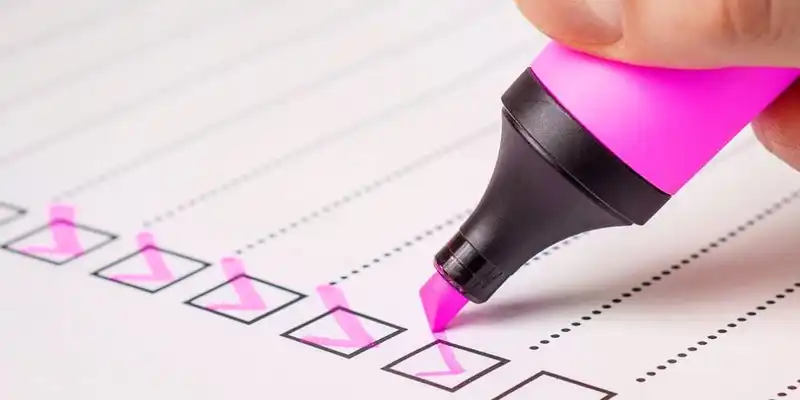What to Do During & After a Health Inspection
Introduction
Health inspections are often scary but there is no reason to worry if your restaurant is up to code. You can bring your restaurant up to code by using various methods like HACCP Plan and while applying other effective measures.
In addition to that, vigilant monitoring and self-inspections are also a good way to evaluate and prepare your restaurant for health inspections. If you are well prepared for a health inspection, you'll get through them without any hiccups.
Here's the ultimate guide of what to do during a health inspection and what you should do once a formal health inspection is completed.
What to Do During a Health Inspection

When the health inspector arrives (usually from a local or state health department), you should first make them feel welcome. They are not the enemy; they are there to affirm that establishments are not serving consumers with poor quality food.
But, don't go as far as giving them complete access to the operations and hoping that they would give you a good grade. There are some things that you should always do when the inspector begins the inspection, and likewise, there are some things that you should never do.
Let's explore both.
What you should do
- The first thing that you should do when the inspector arrives is verifying credentials. If the inspector offers you his/her ID voluntarily, then great! However, if it is not offered, then ask for it. If you are still unsure about authenticity, get in contact with the health department in order to verify. This step is important because some people use fake credentials in order to scam businesses to access information about competitors.
- Next, you should accompany the inspector throughout the inspection. He/she should not be left unattended at any time. This is especially important, so you can catch any possible violations firsthand. Also, it should be noted that you could correct some violations on the spot. The inspector will log in the report that the violations were corrected on the spot.
- You also should sign the report. Signing the report doesn't mean that you are agreeing with the findings in the report. Instead, it indicates that you have received your copy.
- Lastly, ask questions and for explanations into the grading. This is helpful in case you don't understand a certain violation. Without understanding the problem, you won't be able to correct it.
- Once the inspector provides appropriate credentials, you should never refuse the inspection. This will only result in unnecessary delays because the inspector will have to return at a later time with a warrant and most likely an unpleasant demeanor. That could hurt your grade.
- You should never offer a beverage or food to the inspector. It is important to be cordial with the inspector, but don't go beyond that because it could be misconstrued as some sort of bribery to impact the outcome of the report.
What You Should Do After the Inspection
When the inspector is done with the inspection, you will receive a restaurant score. If you were accompanying the inspector during the inspection, you may already have determined an idea of what your final score is.
You should understand the scoring system if you want to have a better understanding of your score and its effects on your restaurant. Only then, you will be able to fix the violations in your restaurant.
It is also a good idea to familiarize yourself with the scoring system. Usually, there are 2 types of scoring systems in a health inspection. It will either be a letter-grade system or a points-based system. It depends on the health department as to which system they use for scoring.
Here's a breakdown for both.
Letter-grade System
This system is comprised of A, B, and C grades to represent compliance. In most cases, inspectors calculate points on the basis of severity of violations and then convert that number into a letter grade. This system is simple and therefore can be easily understood by the customers.
Points-based System
This System uses a 100-point scale. The score is calculated on the basis of severity and number of violations.
How to Fix the Violations

If you get a C grade (letter-grade) or 69 or lower (point-based), then it means that you need a lot of improvement as there are a number of health code violations in your establishment.
Getting a low score is detrimental for your business because that likely means that your violations are so bad that it is even obvious to customers.
Here is how you correct these problems.
- You have the option to schedule another inspection 5 to 45 days after the initial inspection. This will buy you time to make the necessary corrections.
- Examine how the violations occurred and what you can do to prevent them from happening again in the future.
- Like your self-inspections, review the mistakes and the necessary corrective measures that need to be taken.
- You also have the option to appeal your score by reaching out to the relevant health department.












